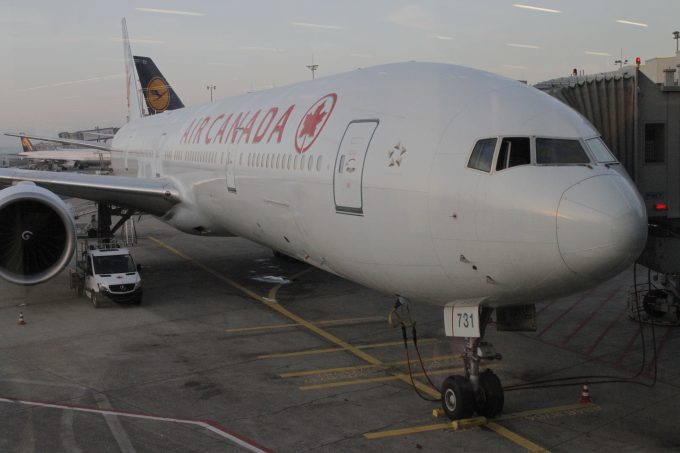For forwarders, 'a hot Q4' will be all about controlling air cargo capacity
“Capacity is going to be king for the rest of 2024.” That’s the word from forwarders ...

Air Canada (AC) is facing some odd competition for its new freighter operation to Latin America.
In tandem with Canadian all-cargo carrier Cargojet, AC launched a weekly freighter run from Toronto to Bogota and Lima via Atlanta in June, alongside a twice-weekly freighter from Toronto via Dallas/Ft Worth to Mexico City.
Canadian forwarders have welcomed the move. For years the absence of maindeck lift to Latin America and scant direct bellyhold capacity has forced them to truck their cargo headed for the region to US gateways, notably Miami.
But AC’s new venture does not face competition only from US and Latin American carriers, European airlines are also vying for Canada-South America flows.
“All European carriers do that – at rates lower than we offer,” said Joe Lawrence, president of GSA Airline Services International. His company, which represents Avianca in Canada and also sells lift on UPS, offers direct flights to Latin America on narrowbody planes, widebody bellyhold lift out of New York and freighter capacity on Avianca ex-Miami and out of multiple Canadian points on UPS freighters via Louisville and Miami.
The same transatlantic game is being played out of the US.
“We regularly use TAP (Air Portugal) to Brazil from New York. Go figure!” said Joe Delli Carpini, president of New York-based forwarder Cargo Tours. “The routing via Europe to South America is not new.”
Rich Zablocki, vice president, global product development, North America, at CEVA Logistics, noted that prices to South America out of Florida were at all-time lows.
“The real challenge is the dismal economic conditions for air cargo into and out of South and Central America,” he said, pointing to the troubles experienced by LATAM Group.
But one senior US forwarder said: “LATAM runs an excellent group of carriers and provides premium service in the market, but margins are slim and there is very strong competition from the Avianca group as well as from the others, such as UPS Airlines, Atlas, Amerijet and many other good Latin America-based cargo carriers.”
For carriers serving Latin America, the downturn in Brazil has been compounded by the expansion of the Middle Eastern carriers into Latin America bypassing Miami, which has taken a toll on southbound load factors, added Mr Zablocki.
“New and expanding entrants from the Middle East and from Russia are chasing market share and are very aggressive in their pricing,” he said.
“We’ve definitely seen a decrease in traffic into Brazil,” said Mr Lawrence.
According to some forwarders, imports into other Latin American countries have also been affected by the rise of the dollar against their own currencies as demand for their commodities slowed down, but Brazil has fared significantly worse than the other countries in the region, bar Venezuela.
Besides the dismal state of Brazil’s imports, the yo-yo routing via Europe reflects the struggle for carriers to fill their flights from North America across the Atlantic. One forwarder described the pricing to Europe as disappointing. He suggests the airlines are trying to improve their gross revenues.
“Airlines are doing crazy things on yields,” commented Mr Lawrence.
According to one source, rates from Canada to Europe have dropped to C$0.35-0.40 per kg (US$0.27-0.31).
For all their zeal in pushing for lower pricing, shippers are not the driving force in such transatlantic routings, Mr Zablocki says.
“In most cases it’s not the client asking for it. It is really coming from the airlines,” he said.
For its part, Air Canada Cargo has signalled that Canada-Latin America traffic is only part of the business it has set its sights on for the new freighter.
Lise-Marie Turpin, vice president of cargo, said the emphasis was on leveraging the carrier’s entire network, feeding in traffic to and from Europe and Asia.
Comment on this article